Kumbakonam Famous Temples & Parihara Sthalangal
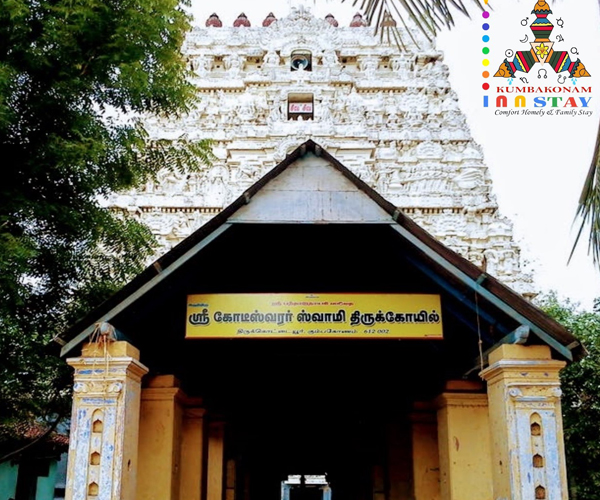

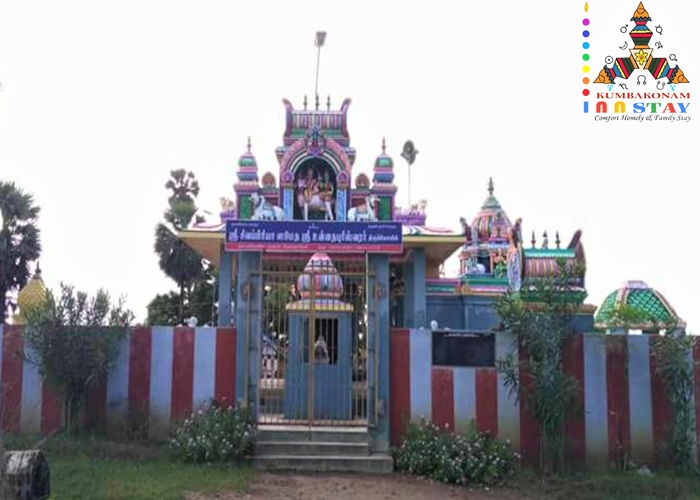

அகிலம் எங்கும் அருளாட்சி செய்து வரும் பரம்பொருள் பல்வேறு திரு உருக்கொண்டு அருளும் திருக்குடந்தை மாநகருக்கு வட பாலும் சுவாமிநாதனாக குமர கடவுள் குடி கொண்டுள்ள திரு வேரகரத்திற்கு தென்பாலும் இயற்கை எழில் சூழ்ந்த இடத்தில் உன்னத வாழ்வளிக்கும் ஸ்ரீ சிவப்பிரியா அம்பிகை உடனாகிய ஸ்ரீ உன்னதபுரீஸ்வரர் சுவாமி அருள் புரிந்து வருகிறார்.
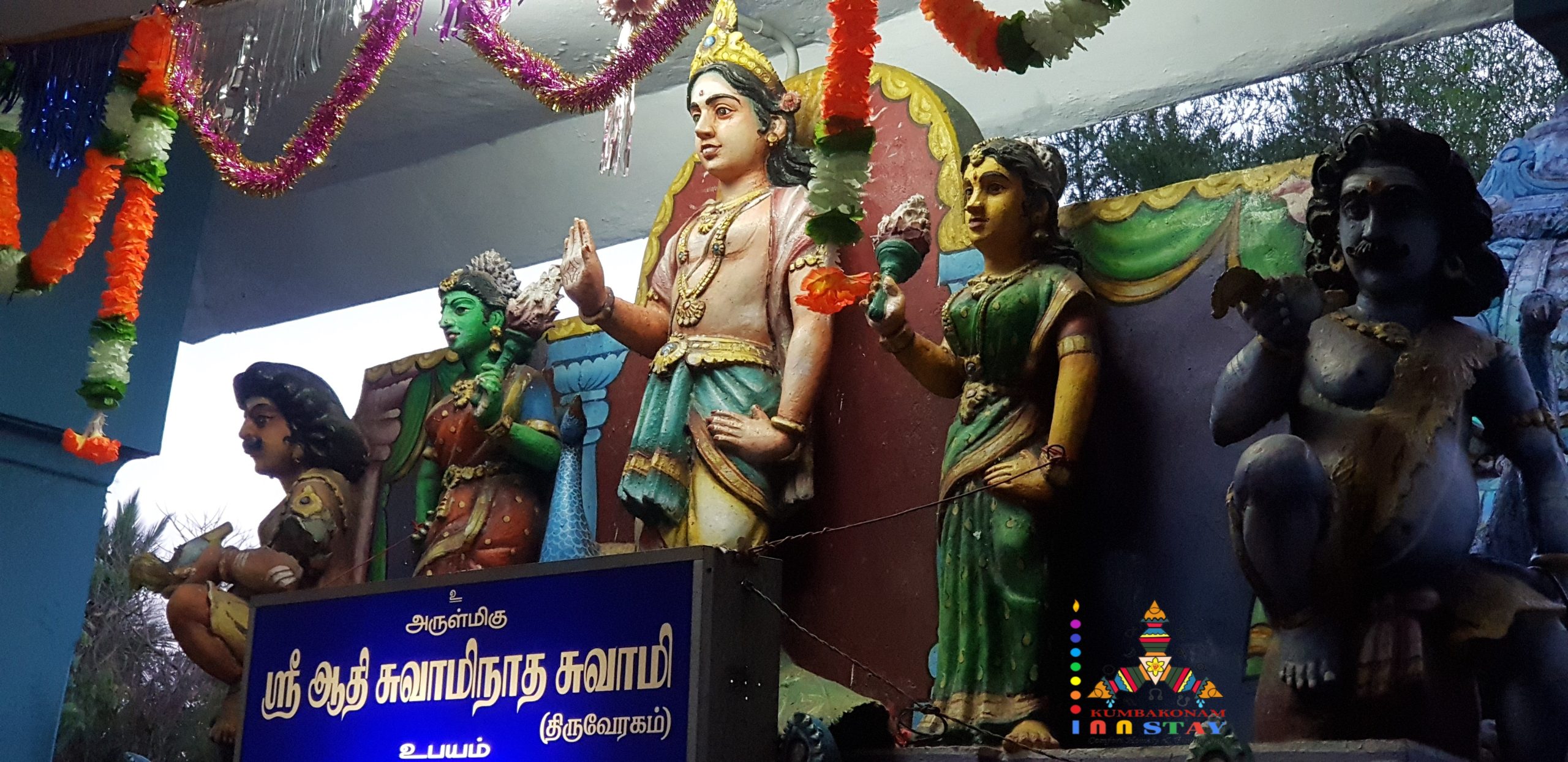

திருவேரகம் (திரு+ ஏர்+அகம் = திருவேரகம்) இவ் ஊரின் பெயர் தேவர்களை காத்தருள முருகப்பெருமான் இப்பூவுலகில் (சிகிவாகன) மயில்வாகனத்தில் இறங்கி சிவபெருமானை பாசுபதாஸ்திரம் வேண்டி பூஜித்து சிக்கலில் அம்மையிடம் வேல் வாங்கி திருச்செந்தூரில் சம்ஹாரம் செய்து ஏரகம் திரும்புகையில் தேவர்கள் மனம் மகிழ்ந்து பொன்முடி சூட்டினார்கள், ஆதலால் இங்கு முருகப்பெருமான் பொன்முடி சேவையில் அருள் பாலிக்கிறார். பின்பு உபதேசம் செய்த நிகழ்வு இங்கு நடந்தது. கந்தனிடம் உபதேசம் பெற்றதால் (கந்தநாத சுவாமி) எனவும் சுவாமிக்கு உபதேசம் செய்தமையால் (சுவாமிநாதன்) எனவும் பெயர் பெற்றார். சங்கரனிடம் அம்மை உபதேசம் பெற்றதால் (சங்கர நாயகி) எனவும் அம்மை பெயர் பெற்றார்.
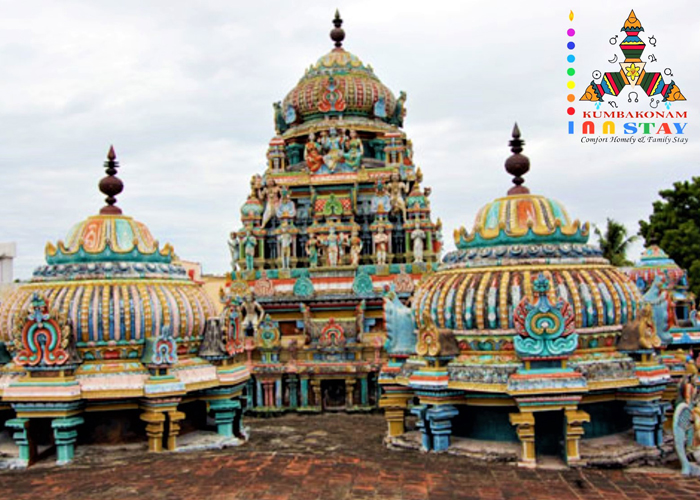

Lord Brahma is flanked with the idols of Saraswati (Goddess of Knowledge) and Gayatri (personified form of Gayatri mantra). At the left side of the sanctum is the shrine of Lord Narasimha flanked by Sridevi and Bhoodevi. Brahma Sankalp Pooja is the most important pooja performed at the temple. Lord Brahma and Goddess Saraswati are especially worshipped by parents for success and prosperity before their kids begin their education. The temple is a revered pilgrimage spot and is thronged by devotees and tourists alike.
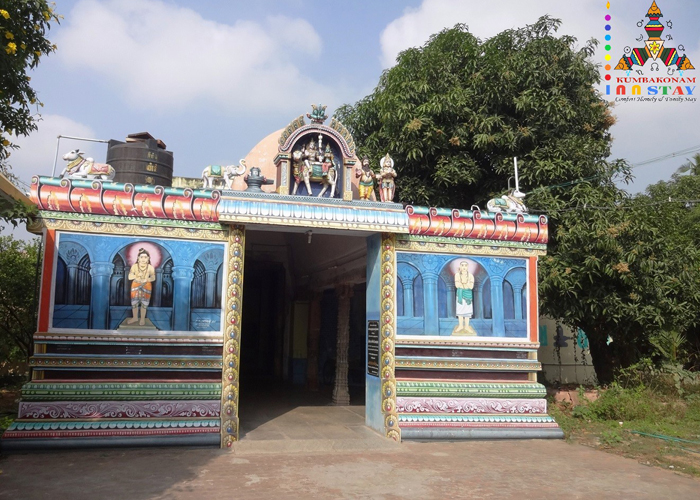

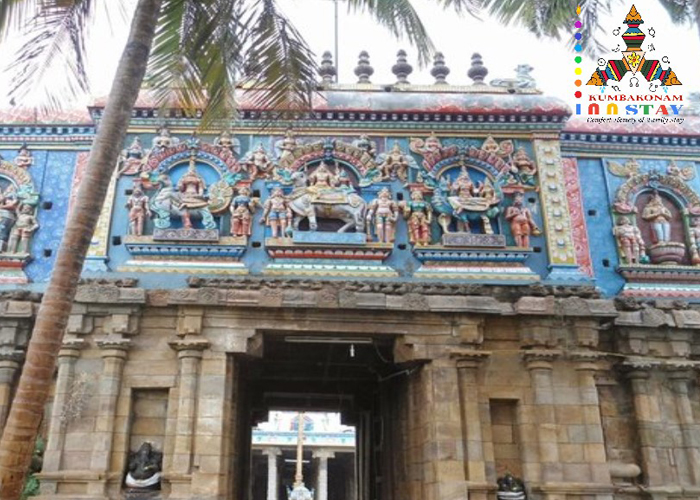

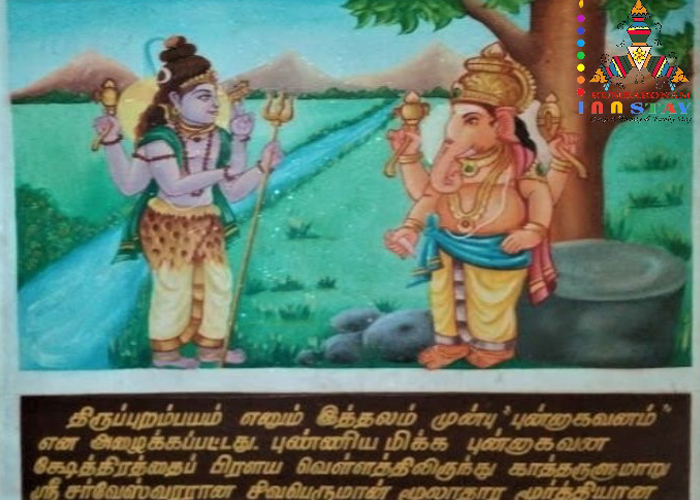

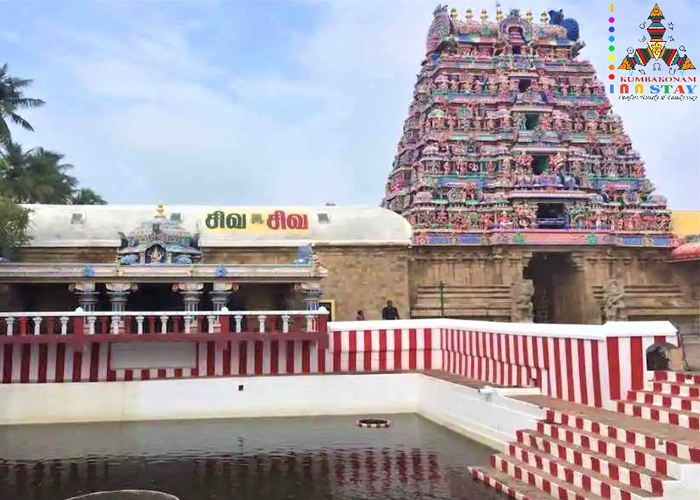



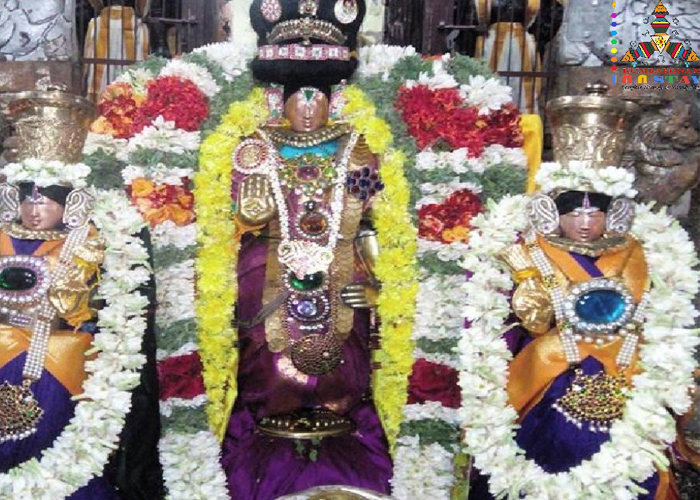

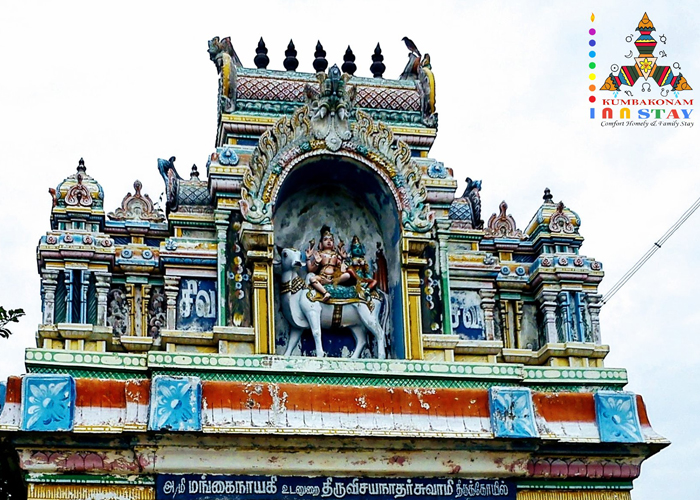

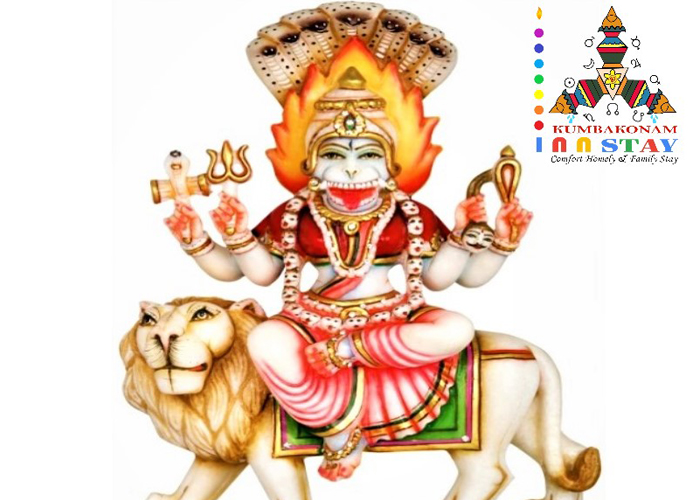

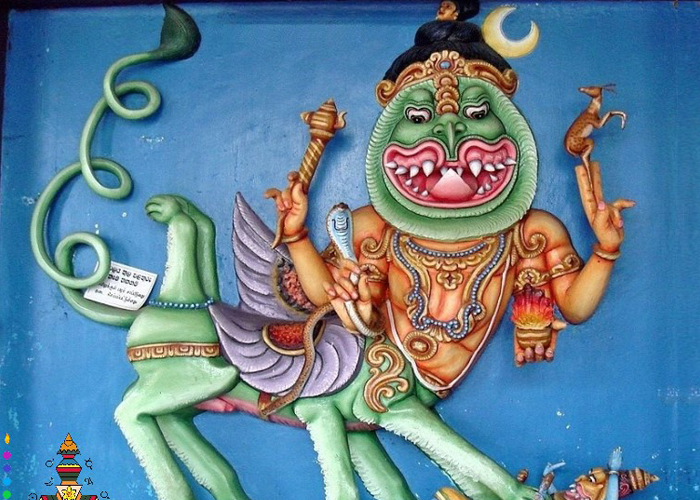

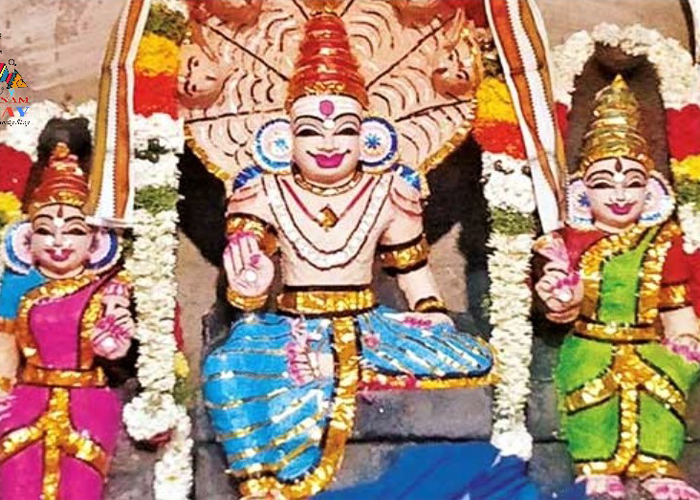

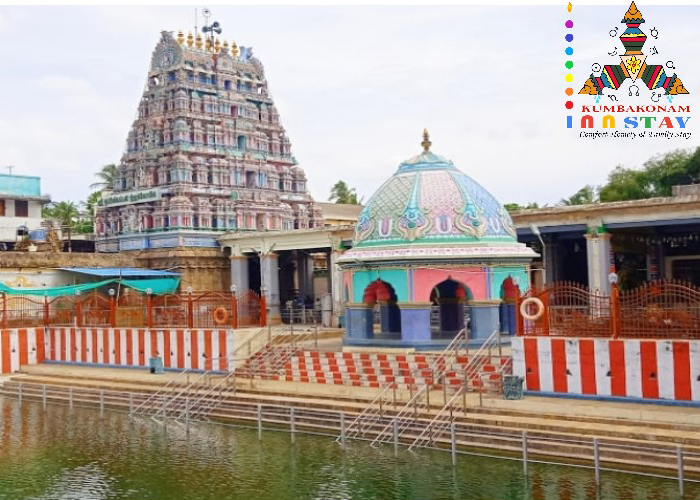

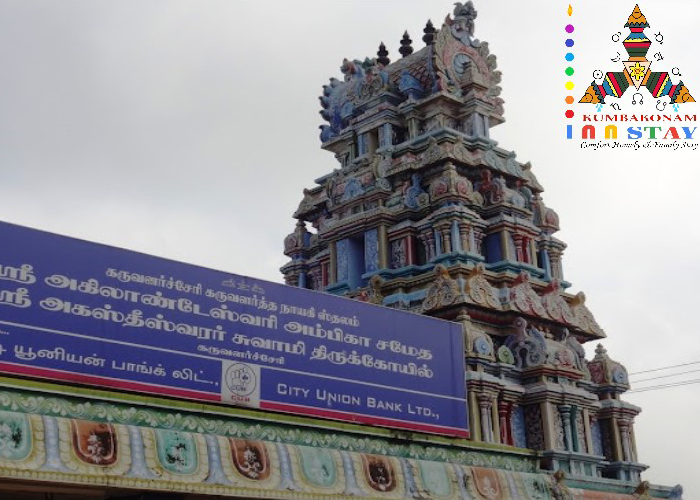

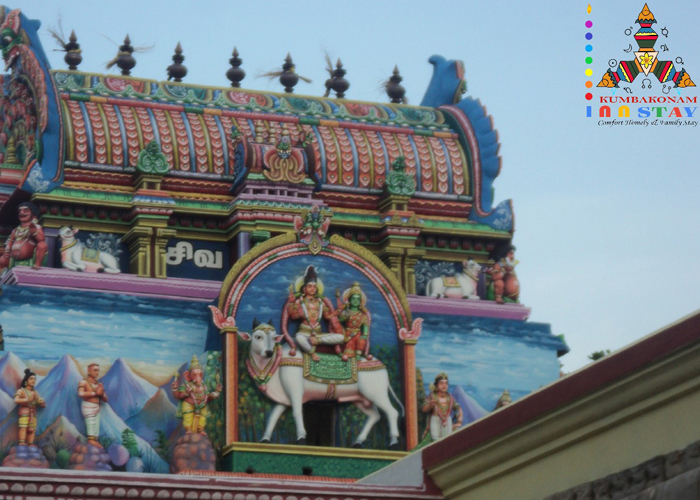

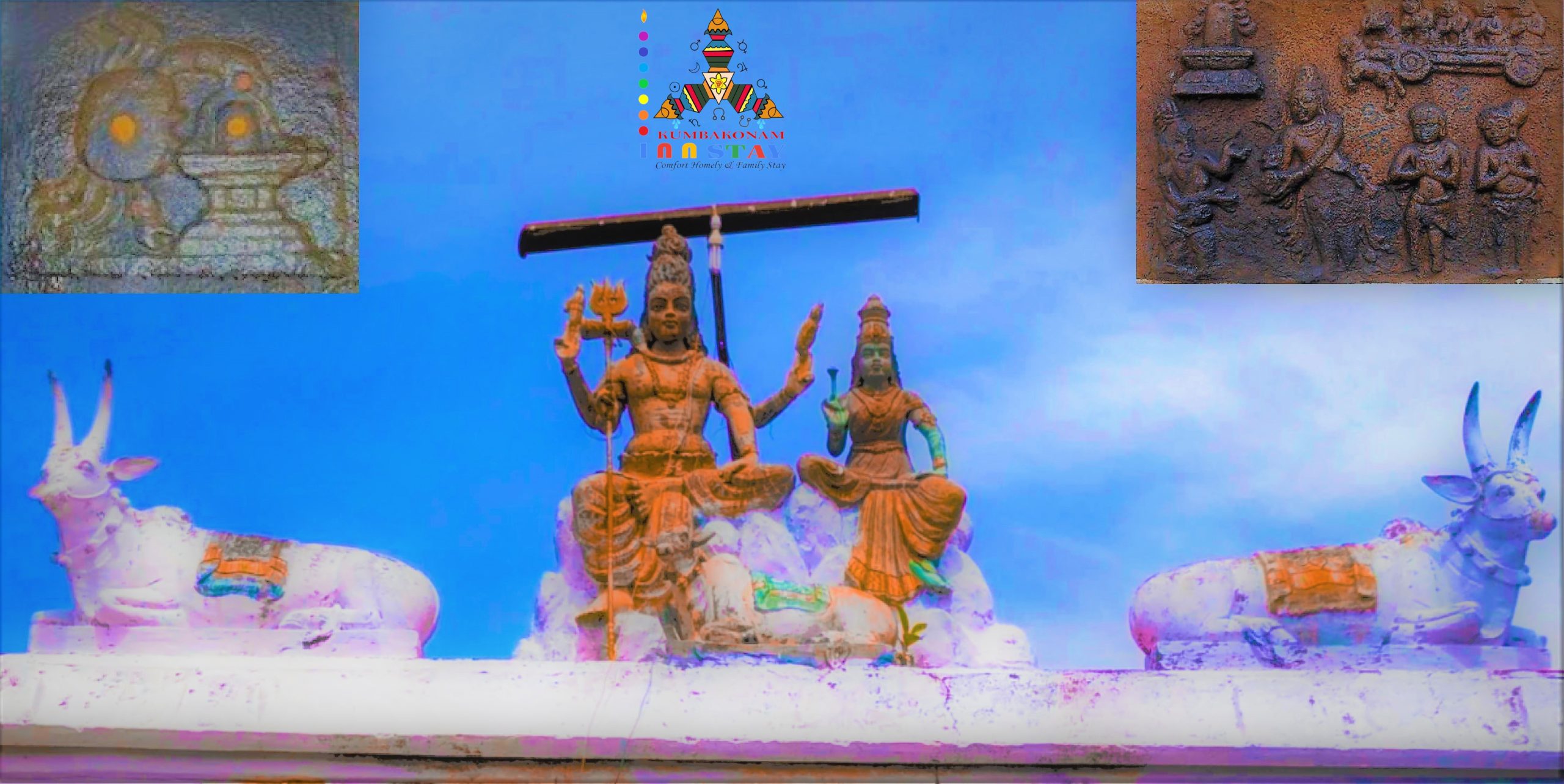

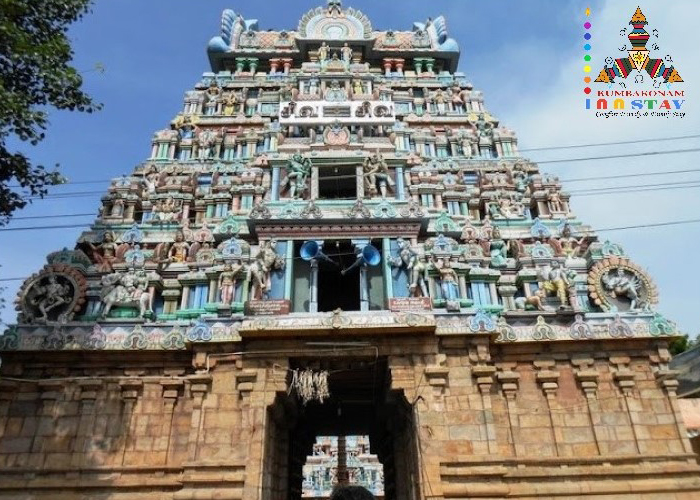

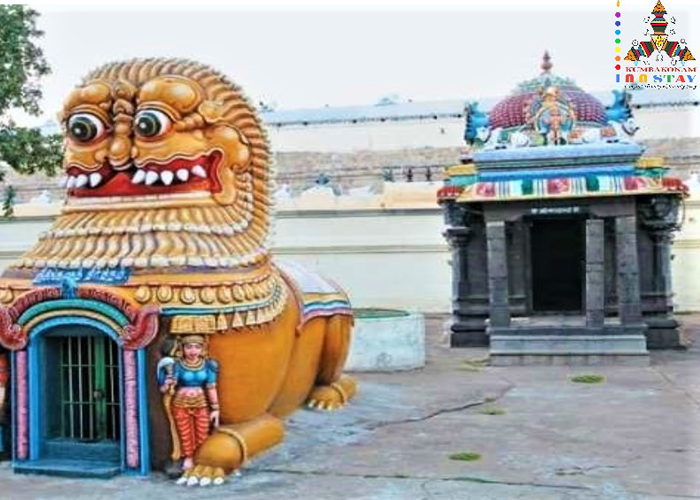



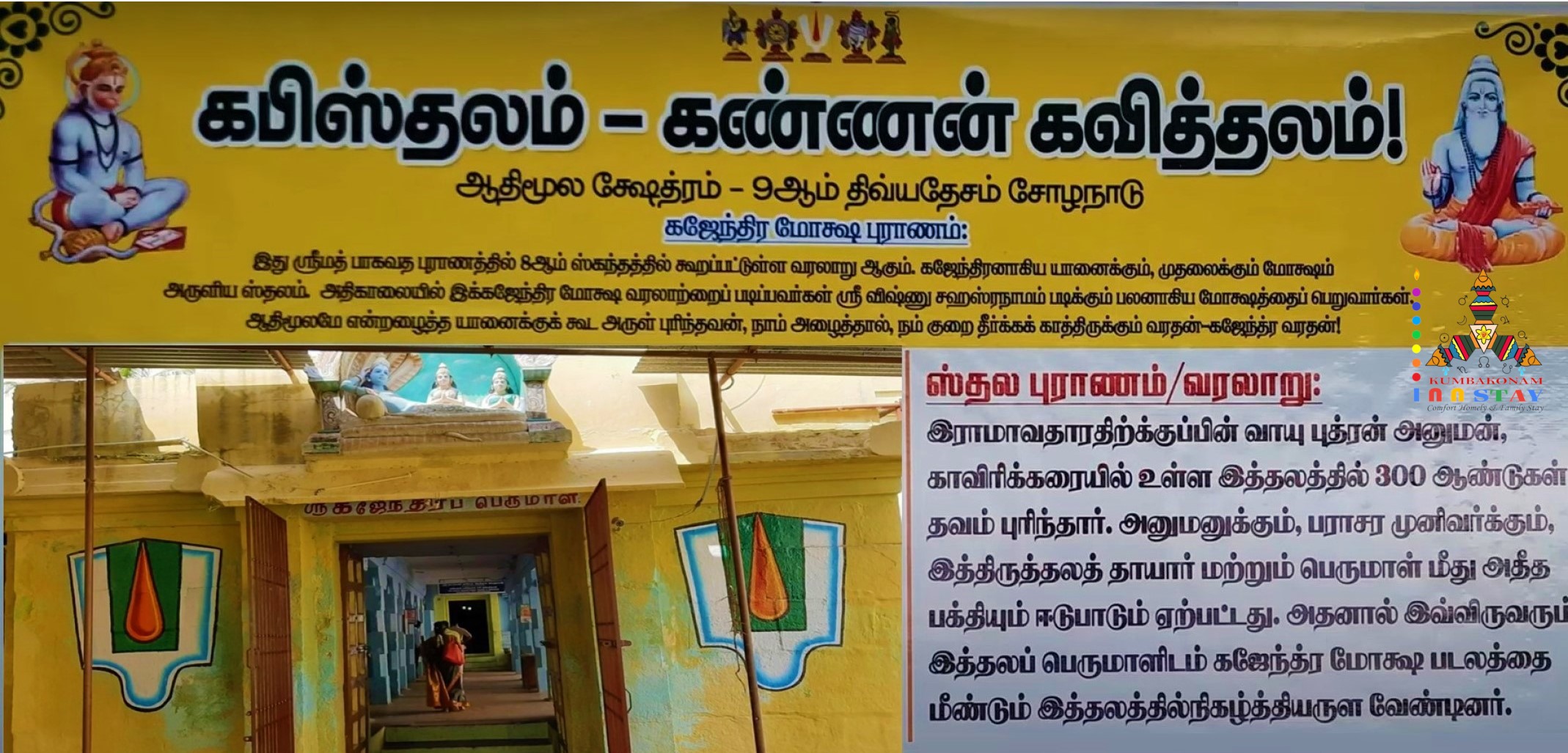

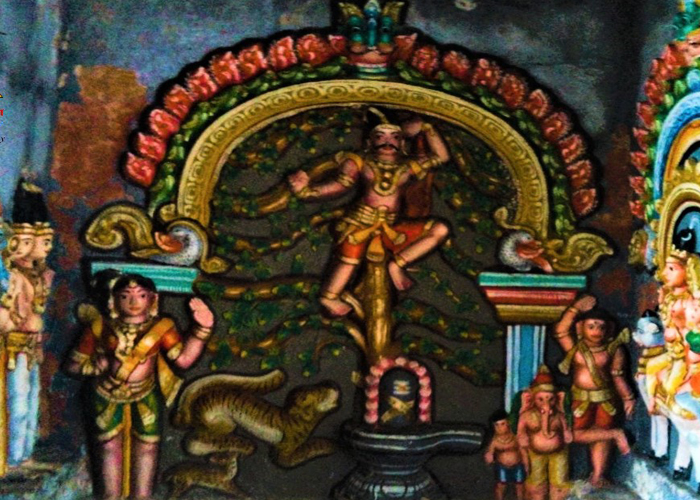

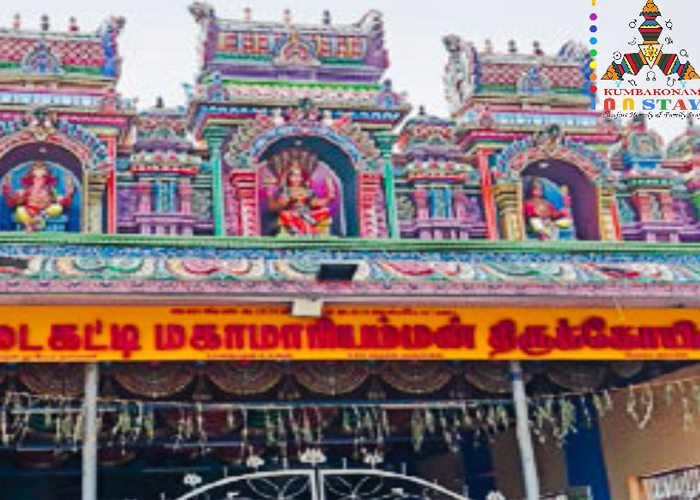

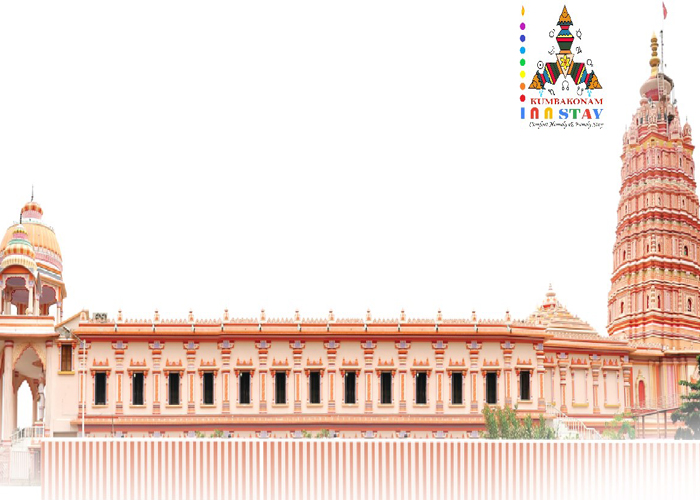

The worship of Sri Pandurangan and Sri Rukmini Devi is carried out here several times during the day as per an elaborate system called ‘nithyothsavapaddhathi’ in accordance with the Premika Sampradayam. The entire Temple is to be fully Air-conditioned for the convenience of the visiting devotees, to enable them to concentrate in their prayers, with comfort and peace. The ground floor of the Temple will have a Library and Meditation Halls. Very useful socio-religious books will be available for the visiting devotees to glance at. Devotees can calmly meditate with silence and peace at the special Meditation Hall. Visitors are always deeply touched by the lyrical quotient and the musical nature of worship which is unique among all other temples in India.
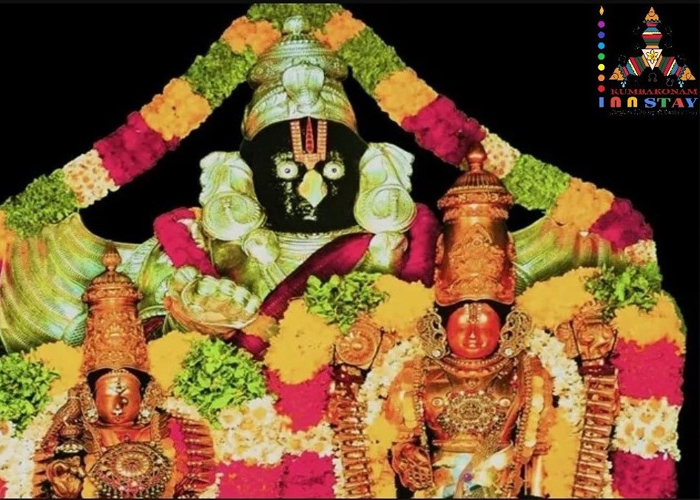

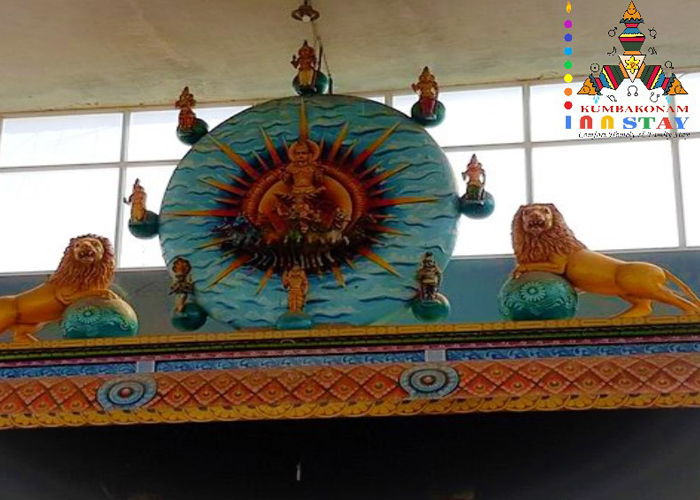

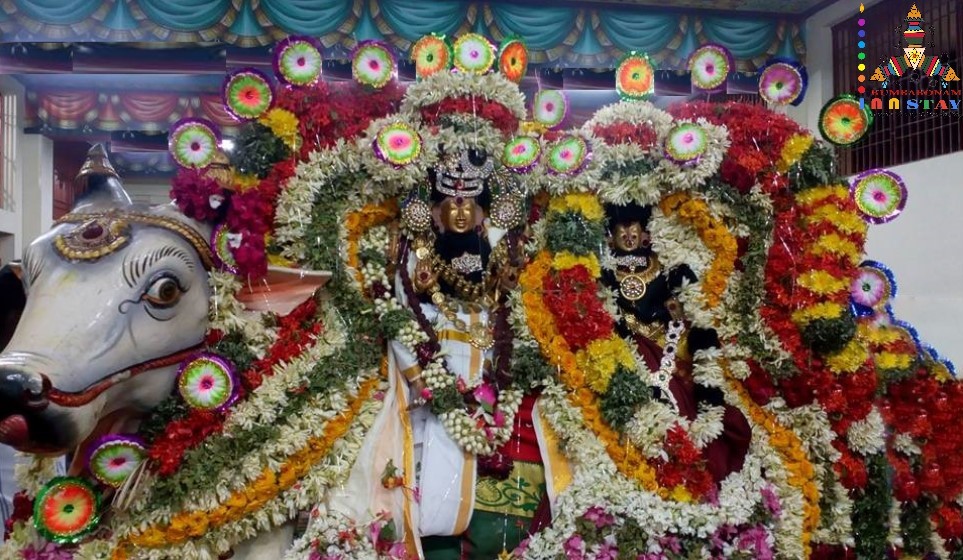

Thirucherai Saraparameswarar (Also known as Chenneri Appar – meaning that the Lord shows all the people the righteous way of living.) – is situated at a distance of about 17 kms from Kumbakonam Inn Stay on the Kumbakonam – Nachiyar Koil – Kudavasal route. This is one of the 276 Devara Paadal Petra Shiva Sthalams and 95th Shiva Sthalam on the Southern bank of the river Cauveri in Chozha Nadu (Thenkarai). There are two stone inscriptions in this temple which date back to the period of Chola King Kulothungan. It is believed that this temple was built by him.
Legend – Sage Markandeyar installed and worshiped a Shivalingam here. He prayed to Lord Shiva here and he was cleansed of the debts that he had accrued in his previous birth (“poorva janma kadan”). He also attained salvation (“moksham”) here. Ambal Gnanambikai’s ( Gnanavalli) shrine is on the left side of the Swamy on the outer prakaram, the other deities like Vinayaka, Nataraja etc are in the inner prakaram. Apart from the Rina Vimochana Murthy, Shiva is also present as Idaparoodar ( idapam= bull) where He sits on the Nandi. Another notable shrine is that of Bhairava. special poojas are offered to Him on Ashtami days. This is one of the few Bhairava shrines where He is adorned with Vada malai ( like Hanuman idols).
This temple is considered to be significant for its three important attributes – Moorthy, Sthalam and Theertham – glory of Lord, sacredness of the land and the auspicious temple tank. This temple is very famous as a “Kadan Nivarthi Sthalam” (to remove indebtedness). The lord is swayambumurthy .The general belief is that worshipping Lord Shiva here helps to improve financial status and be debt free. However there is a deeper meaning to it, debt includes financial but not limited only to it. Every human being is born with debts like Deva rina( debt to god), Rishi rina(debt tosages), Pitru rina( debt to our ancestors). If a human is not able to repay these debts intheir life they will have another birth to repay. Before we preform archanai the gurukal distributes the flower and we were asked totake sankalpam and the flowers are taken back and poured over Lord to signify that thedebts are paid back to signify that there is no rebirth. Devotees seek the grace of the Lord in this temple for freedom from debt burdens and cure from illness. They offer prayers on 11 Mondays performing archanas and participate in the abishek ceremony finally on the 11th Monday to realize their prayers. Devotees firmly believe that this prayer would offer solution for all their problems and endow them with a life free of debt and blessed with children, education and material progress.
Devotees also believe that by worshiping the lord here, obstacles from their marriage proposals will be removed. This is also a parihara sthalam for performing poojas for “Santhana Prapthi” (child boon). The speciality of the temple is where three Durgas are present as Shiva Durga, Vaishnavi Durga and Vishnu Durga. Saint Tirunavukkarasar has praised the Bhairavain the temple with a special hymn. The rays of Sun fallsdirectly on the presiding deity and the feet of the Mother on 13,14 and 15th of Masi (February-March). The Sthala Viruksham of this temple is Maavilangai. The peculiar aspect of this tree is that in a year, it will be full of leaves for 4 months, full of white coloured flowers for another 4 months and it be barren for the remaining 4 months.
